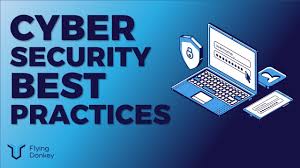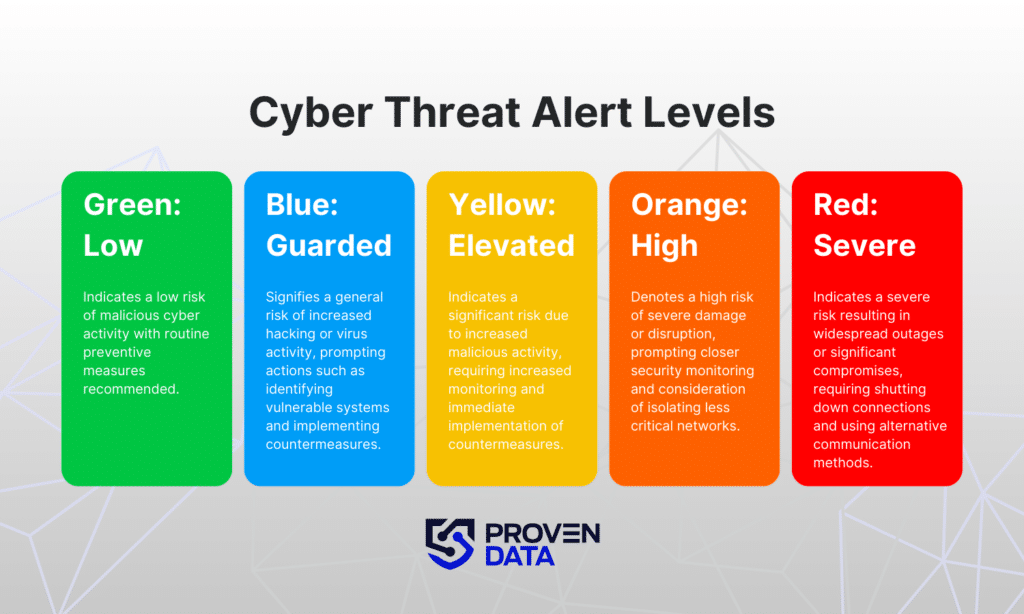Keep Up with Global Cyber Threats and Alerts
Global cyber threats are risks that can impact computer systems, networks, and data across the world. These threats come in many forms, including viruses, ransomware, phishing attacks, and more. Each type of cyber threat has its own way of causing harm, but all of them aim to steal, damage, or control sensitive information.
Viruses are malicious programs that spread by infecting other files. They can damage or delete data and slow down systems. Ransomware, on the other hand, locks files and demands payment for their release. Phishing attacks trick people into giving away personal information, like passwords or credit card numbers.
To protect against these threats, it’s essential to understand how they work and stay updated on new developments. Cyber threats are constantly evolving, with hackers using new techniques to bypass security measures. Regularly updating software, using strong passwords, and being cautious about email attachments and links are key steps in defense.
Why Staying Informed Matters
Staying informed about global cyber threats is crucial for several reasons. First, it helps individuals and organizations prepare for potential attacks. Knowing the latest threats allows for better planning and response strategies. Second, it helps in updating security measures to address new vulnerabilities. Cybersecurity is not a one-time setup but an ongoing process of improvement.
Third, being informed helps in educating others about cyber threats. Awareness is a powerful tool in preventing attacks. When people know what to look out for and how to protect themselves, they become less likely to fall victim to cybercrimes.
Regularly checking cybersecurity news, subscribing to threat alerts, and participating in online forums can keep you updated on the latest threats. Many organizations offer newsletters and alerts about new and emerging threats. Staying informed allows you to take proactive measures and protect your information effectively.
How to Use Cyber Threat Alerts
Cyber threat alerts are notifications about new or ongoing cyber threats. They provide crucial information about potential dangers and how to protect against them. Using these alerts effectively can enhance your cybersecurity strategy.
Start by subscribing to alerts from reputable sources. Government agencies, cybersecurity firms, and professional organizations often send out these alerts. Make sure to follow their guidelines and recommendations for protecting your systems.
When you receive a threat alert, read it carefully to understand the nature of the threat. The alert will usually include details about how the threat works, which systems it affects, and what actions to take. Implement the recommended measures as soon as possible. This might involve updating software, changing passwords, or applying security patches.
Additionally, share relevant alerts with your team or organization. Ensuring that everyone is aware of the latest threats helps in building a strong defense. Conduct regular training sessions based on threat alerts to keep everyone informed and prepared.
Tools for Monitoring Cyber Threats
There are several tools available for monitoring cyber threats. These tools help track and analyze potential threats to protect your systems and data.
- Antivirus Software: This software detects and removes malicious programs. It regularly scans your system for threats and helps in preventing infections.
- Firewalls: Firewalls act as a barrier between your network and potential threats from the internet. They monitor incoming and outgoing traffic and block harmful data.
- Intrusion Detection Systems (IDS): IDS tools monitor network traffic for unusual activity. They alert you to potential threats and help in identifying and responding to attacks.
- Security Information and Event Management (SIEM) Systems: SIEM systems collect and analyze security data from various sources. They provide real-time insights and alerts about potential threats.
Using these tools in combination provides a comprehensive approach to cybersecurity. Regularly update and configure these tools to ensure they are effective against the latest threats. Monitoring tools help in early detection and prevention of cyber attacks, keeping your information safe.
Best Practices for Cybersecurity

To stay ahead of global cyber threats, following best practices is essential. These practices help in maintaining a strong security posture and protecting sensitive information.
- Update Software Regularly: Ensure all software, including operating systems and applications, are up to date. Updates often include security patches that address vulnerabilities.
- Use Strong Passwords: Create strong, unique passwords for all accounts and change them regularly. Consider using a password manager to keep track of them.
- Educate Yourself and Others: Stay informed about cybersecurity best practices and educate those around you. Awareness training helps in recognizing and avoiding potential threats.
- Backup Data: Regularly backup important data to a secure location. In case of a cyber attack, you can restore your data from backups.
- Implement Multi-Factor Authentication (MFA): MFA adds an extra layer of security by requiring more than one form of verification to access accounts.
By following these best practices, you can significantly reduce the risk of falling victim to cyber threats. Regular vigilance and proactive measures are key to maintaining strong cybersecurity and protecting valuable information.



